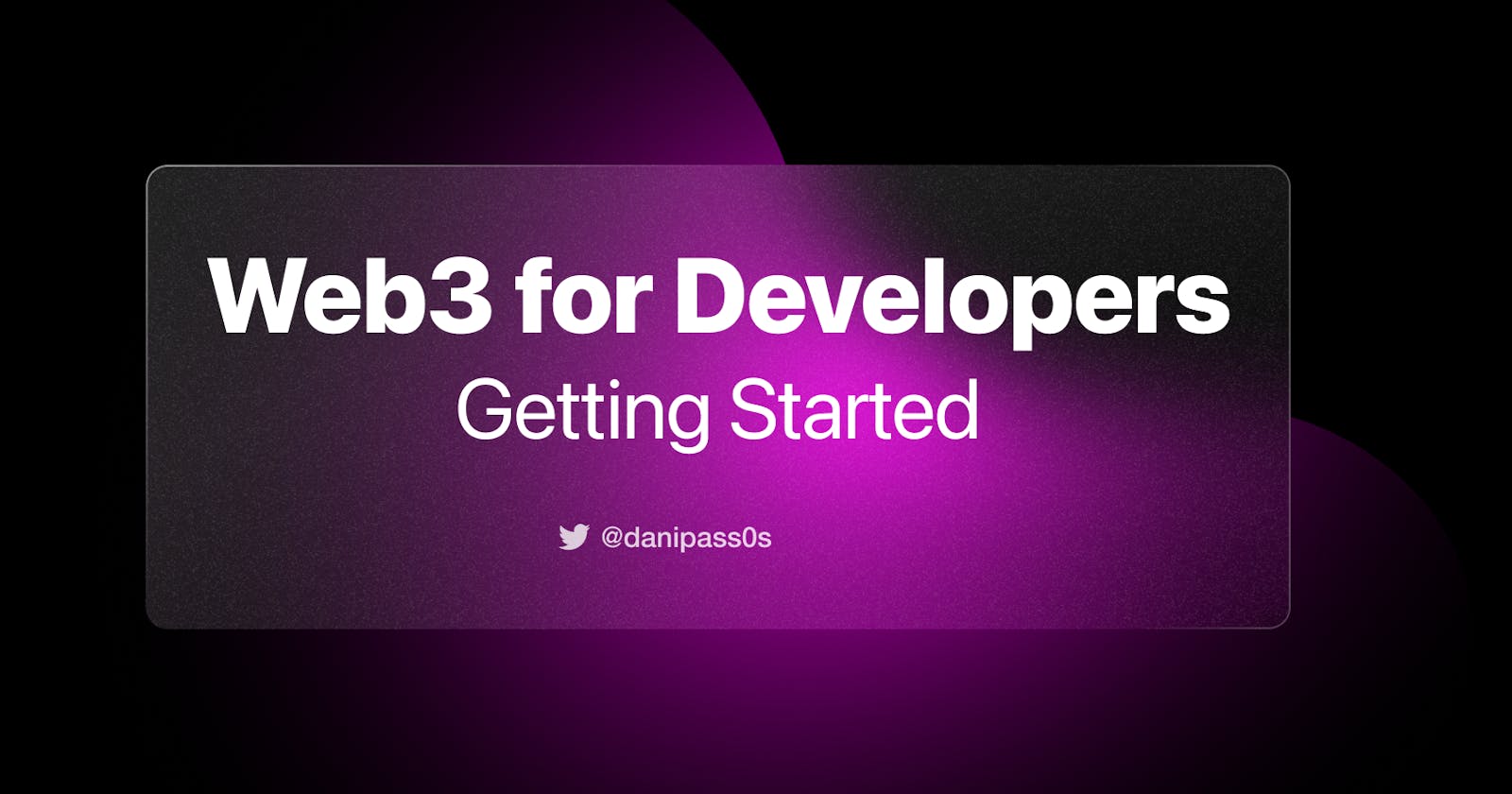Decentralized internet services using blockchain technology and encryption are known as Web3, a new approach to the World Wide Web. The third generation of the internet includes ideas like decentralization, token-based economics, and machine-based data comprehension to offer a more liberated, intelligent, and interesting web browsing experience.
In this Mirror, we will go over the most common web3 terms and definitions for developers.
Cryptocurrency
A digital currency used as a medium of exchange is cryptocurrency or crypto. To protect and authenticate transactions, as well as to control the creation of new digital currency units, it uses encryption.
You'll notice that cryptocurrencies are frequently mentioned when talking about Web3. Anyone who wants to assist with the development, management, or improvement of the project will be compensated financially because many of these systems use cryptocurrency (tokens).
All crypto assets are typically referred to as tokens.
Smart Contract
A decentralized program known as a smart contract responds to events by carrying out business logic. Executing a smart contract may result in the exchange of funds, provision of services, unblocking of data under the control of digital rights management, and other types of data manipulation, such as changing the name on a property title. Solidity is frequently used to create smart contracts.
Solidity
For building object-oriented, high-level smart contracts that automate transactions on the blockchain, using Solidity.
As per its documentation, "The language of curly brackets is solidity. It is directed at the Ethereum Virtual Machine (EVM) and has influences from C++, Python, and Javascript."
Ethereum Virtual Machine (EVM)
The environment used to run Ethereum smart contracts is called the Ethereum Virtual Machine. EVM is dedicated to offering security and enabling computers worldwide to run programs.
Solana
Solana is an open-source project that implements a new permissionless, high-performance blockchain. Solana has its native token called $SOL. It can be passed to nodes in a Solana cluster for running an on-chain program or validating its output.
Polygon
Polygon is an L2 tech stack completely customizable and has an Ethereum-like user interface offered by Polygon to developers. Polygon also has its native token, $MATIC.
Speed The Polygon Network uses a high-throughput blockchain, with each checkpoint's stakeholders choosing a set of Block Producers to provide consensus. Blocks are verified using a Proof of Stake layer, which also periodically updates the Ethereum mainnet with evidence of Block Producers. Because of the high decentralization preserved and the quick block confirmation rates of roughly 2 seconds made possible, the network's throughput is good.
Ability to scale On a single sidechain, Polygon Network achieves a theoretical transaction speed of under 2 seconds. The network can handle millions of transactions per second using many sidechains. The Polygon network may scale quickly thanks to this method (already shown in the first Matic sidechain).
Protection Smart contracts in Polygon rely on Ethereum's safety. The network is protected by three important security models. It takes advantage of a group of motivated validators running Heimdall and Bor nodes and Ethereum's staking management contracts. Hybrid developers can integrate both models inside their dapp.
Gas Fees
Gas is essential to the Ethereum network. It is the fuel that allows it to operate in the same way that a car needs gasoline to run. The transaction costs that users pay miners on a blockchain protocol to get their transaction included in the block are referred to as "gas fees."
To stop malicious users from spamming the network, the Ethereum network imposes a fee on each computation performed there. Each transaction is required to set a limit on how many computational steps of code execution it can use to prevent unintentional or malicious infinite loops or other computational waste. "Gas" is the basic unit of computation.
Even though a transaction has a limit, any gas not used in the transaction is given back to the user (i.e., the maximum fee minus the base fee plus the tip).
Crypto Wallet
A crypto wallet is a program or software that allows users to engage and interact with blockchain networks directly. Some popular are Coinbase, Exodus, and BlockFinodes. Cryptocurrency wallets can be software or hardware-based.
Etherscan
Etherscan is a program that allows you to see information about any Ethereum blockchain transactions that are either pending or confirmed. Because Ethereum is a public, open blockchain, every interaction with it is documented in the transaction history, which is visible to anybody.
Decentralized application (Dapp)
A decentralized app (dapp) is a digital application or a program that lives and executes on a blockchain or peer-to-peer network of computers rather than a single computer and is independent of anyone's authority's control.
Non-Fungible Tokens (NFTs)
NFTs (non-fungible tokens) are blockchain-based tokens representing a unique asset such as a work of art, digital property, or photo/video media. It can be anything from music to a website domain.
Metaverse
The Metaverse will act as the user interface for the connected Web3, allowing people to engage online, communicate, and share experiences. The future of the internet will be considerably more immersive and social because of advancements in technologies like augmented reality (AR), and virtual reality (VR) applied within the Metaverse.
Conclusion
That is it for this guide!

